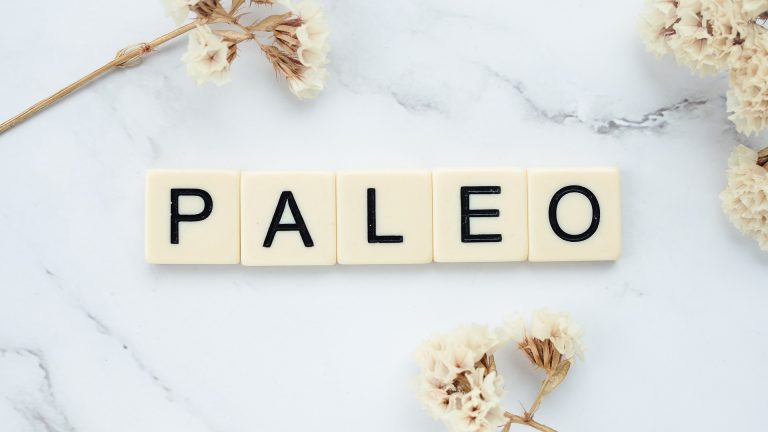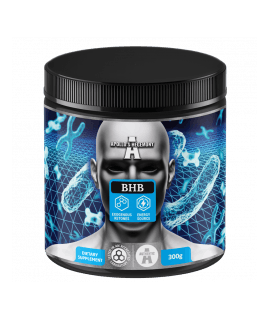The Paleo diet aims to imitate as closely as possible the diet of the Paleolithic man.
Paleo diet - we eat lean meat and fish
The paleo diet is a high-protein diet based mainly on meat and fish dishes. And preferably it should be meat from wild animals. Thus, venison, game, quail, and hare meat are desirable. We should rather avoid eating pork. If we have access to meat from farmed animals the best will be to choose beef, veal, lamb, horse, and rabbit meat.
Recommended poultry is chicken, turkey, duck, and goose meat.
Fish that are accepted in the paleo diet are freshwater trout and marine fish such as herring, flounder, sole, sardines, tuna, cod, halibut. You can also eat seafood.
Paleo diet - eggs, seeds and nuts, and forest fruits are valuable
The paleo diet includes eggs as a base for many meals. Eggs should come from so-called free-range chickens because they will be the healthiest.
Seeds and nuts - probably they were the basis of the daily diet in the Stone Age, supplemented with herbs and wild fruit. Today, you should reach for pumpkin seeds, sunflower seeds, and walnuts, and hazelnuts.
In the paleo diet, you should eat plenty of fruits and vegetables. The best are of course fresh fruits, including berries and forest fruits. Mushrooms can also be a good food type of choice. Among vegetables, root vegetables such as carrots and parsley, celery, beets, eggplants, lettuces, kale are recommended.
The sources of fat should be unrefined oils.
What are the benefits of the paleo diet?
Proponents of this diet believe that by getting as close as possible to the natural human way of eating, we will eliminate the diseases of civilization that afflict us or at least some of them. According to the creators of the paleo diet, the way of eating was written in our genes hundreds of thousands of years ago, and we are only treating ourselves to diseases with our processed food.
The Paleo diet has many advantages, provided that the individual needs of the body are taken into account. Not everyone can or should follow it. Besides, as with any diet, it is necessary to observe the reaction of the body and, if necessary, modify meals.
The biggest advantage seems to be the rejection of processed foods. Thanks to the paleo diet we do not stuff ourselves with harmful fats, empty calories, refined sugars, and excess salt. Dishes recommended in the paleo diet have a low glycemic index. There are no hard-to-digest products, so it is easier for the body to digest food. The paleo diet can also help in maintaining normal lipid metabolism.
Paleo diet - contraindications
A High-protein paleo diet should be used under the supervision of a dietician because it is not a type of balanced diet. It does not include dairy and grain products, which is helpful for people with celiac disease, but not necessarily for others. Therefore it is not recommended to stick to the Paleo diet plan for too long, because it may cause vitamin D deficiency, calcium deficiency, excessive cholesterol level, and thus may lead to osteoporosis, liver or kidney disease, and even colon cancer. We can also get hypercholesterolemia.







